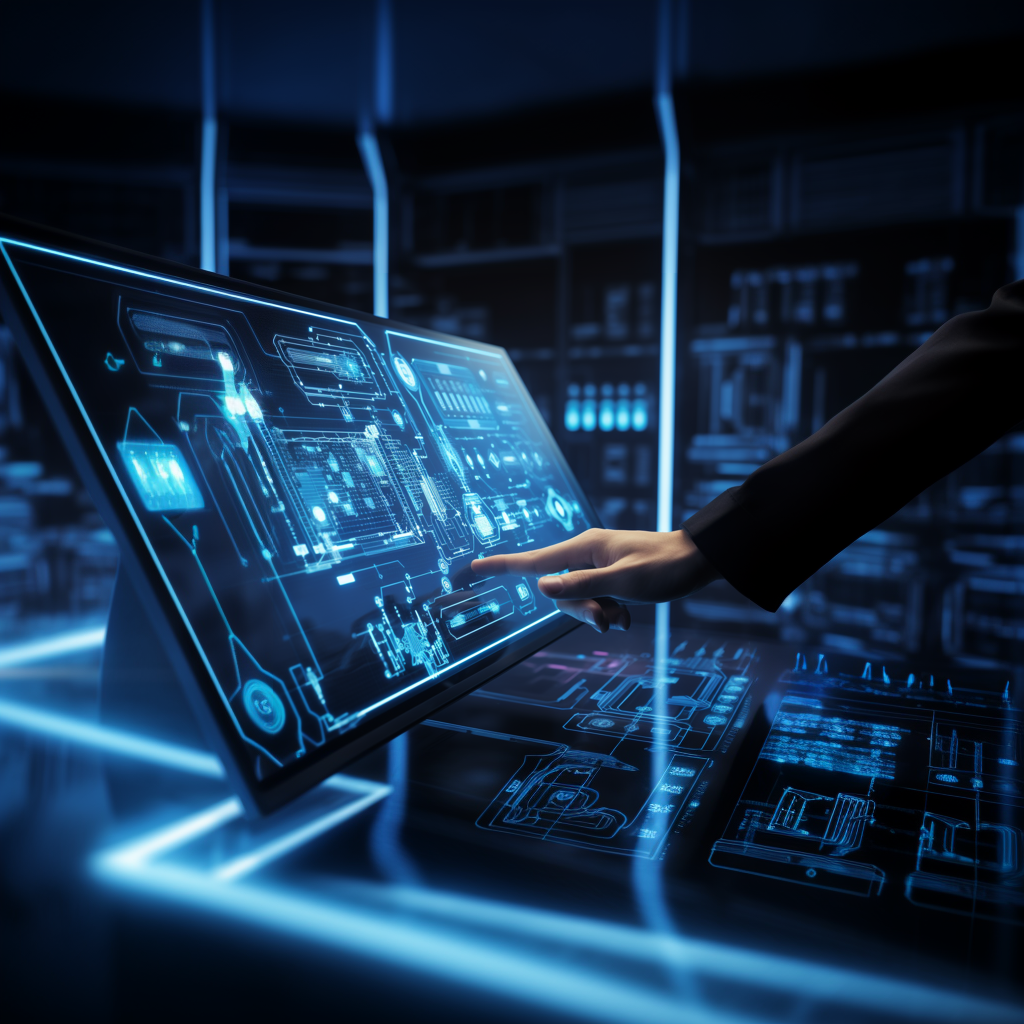
Home automation technology combined with Artificial Intelligence is revolutionising the way tertiary buildings function and operate.
In office buildings, where occupant comfort is fundamental, the control of variables such as temperature, humidity, indoor air quality and light intensity and colour play a key role.
The monitoring and remote management of building systems through connectivity and intelligent automation has become an essential part of the evolution of buildings in this century and offers innovative solutions that benefit both companies and their workers as well as the environment.
The implementation of a global Building Monitoring System (BMS) that can manage multiple buildings allows us to centrally monitor and manage a variety of systems, including lighting and HVAC, resulting in a number of proven benefits:
Reduced energy consumption and carbon footprint: Monitoring and remote management through a BMS allows us to adjust the operating hours of lighting and HVAC systems according to occupancy and environmental conditions in real time, resulting in less wasted energy and reduced operating costs.
Improved occupant comfort: Through the monitoring of indoor air quality parameters, temperature, humidity and light levels it is possible to adjust the operation of air conditioning and lighting individually in each zone of a building. This allows occupants to enjoy a more comfortable and personalised environment.
Operating cost savings: Although the initial investment in home automation and BMS technology can be significant, the savings in operating costs over time can be substantial. Energy efficiency and reduced maintenance costs translate into an attractive return on investment.
Increased responsiveness: The BMS allows building managers to monitor and respond to problems in real time. For example, if a malfunction is detected in an HVAC system, action can be taken immediately, avoiding disruptions in operation and inconvenience to occupants.
Application of AI. Similarly, the vast amount of data obtained by monitoring systems helps us to create valuable datasets that can be used in Unsupervised Machine Learning Models, detecting patterns of behaviour and patterns of use that escape standard analysis. This can be used to fine-tune not only the monitored systems but the overall operational structure. Establish behavioural predictions with an accuracy of 90% and even establish psychometric profiles that help to predict and adapt systems to previously unimaginable levels.
At Savener we are convinced of the medium-long term benefits of these systems and by means of new tools and departments, we help our clients to implement them with the solution that best suits their needs.